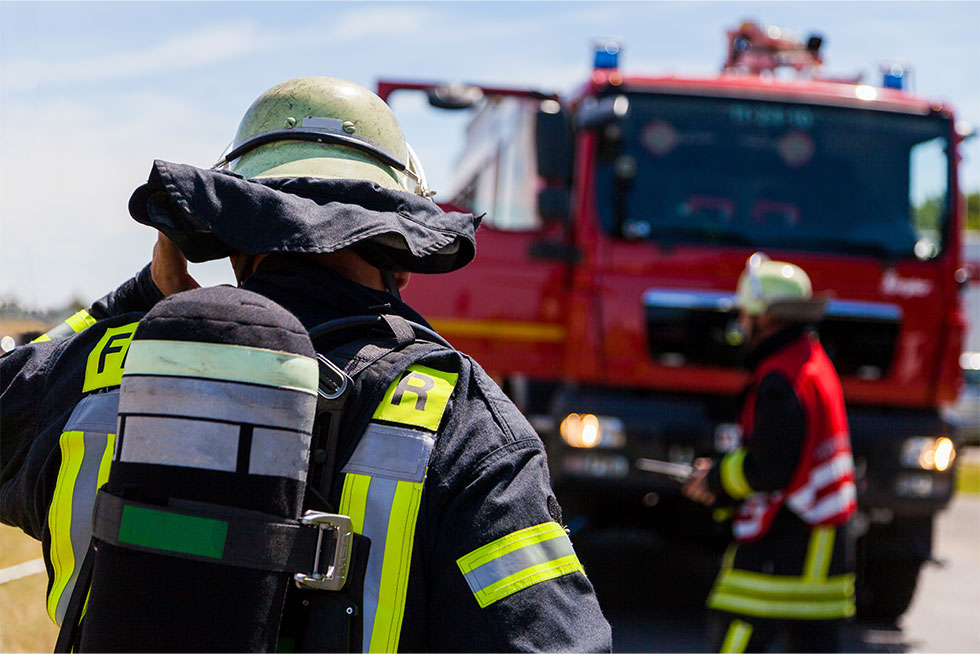Emergency Management Operations Rely on Automation, Standardization and Ad-Hoc Collaboration to Mitigate Critical Disasters with ISR Technology.
The importance of connectivity in mission critical video streaming capabilities plays a key role in managing the outcomes of humanitarian disasters.
Roundtable Discussion: The State of ISR in Emergency Management Agencies and the Road to Accelerated Adoption
Communication networks are the connective tissue for creating seamless systems that integrate people with the information, technologies and solutions needed to analyze and act through emergency situations. This, says Kevin Thompson, Director of Public Safety at TrellisWare, is where managed ad-hoc networks (MANETs) are playing an increasingly important role, after existing communications infrastructures have been compromised by a catastrophic event. MANETs are decentralized wireless networks in which devices (such as mobile phones, tablets, and laptops) in an active emergency environment take on the role of routers forwarding traffic to the next link in the network.
Technology standardization and operational coordination are imperative. Andy Vaughan, VP of ISR and Mission Systems at VITEC, an IP video streaming and video encoding solutions provider for business, industrial and public-sector applications, says that the multi-disciplinary fusion centers that emerged across the country in the wake of the 9/11 attacks in 2001 have played a vital role in establishing a broad culture of collaboration. The fusion centers represent a shared commitment across federal, state and local government agencies that own and operate them. Individually, each is a vital resource for integrating information from national and local sources to prevent and respond to threats and hazards. “These fusion centers have elevated the imperative to be a good partner at the table,” says Vaughan.
 Distributed leadership is essential for effective digital collaboration. According to James Poss, CEO of ISR Ideas, and a retired major general in the United States Air Force where he served as Assistant Deputy Chief of Staff for Intelligence Surveillance and Reconnaissance, Army and Air Force National Guard and Reserve units have done an impressive job of providing a central point of engagement for the emergency management community. These units, he says, have allowed first responder agencies (including police, firefighters, emergency management technicians) from different jurisdictions to assemble, co-create and configure ISR solutions that are optimized to address the specific demands of an emergency or catastrophe.
Distributed leadership is essential for effective digital collaboration. According to James Poss, CEO of ISR Ideas, and a retired major general in the United States Air Force where he served as Assistant Deputy Chief of Staff for Intelligence Surveillance and Reconnaissance, Army and Air Force National Guard and Reserve units have done an impressive job of providing a central point of engagement for the emergency management community. These units, he says, have allowed first responder agencies (including police, firefighters, emergency management technicians) from different jurisdictions to assemble, co-create and configure ISR solutions that are optimized to address the specific demands of an emergency or catastrophe.
Success of ISR in the emergency management environment will depend on the ability of a complex variety of organizations — that often do not share a common command and control structure — to effectively collaborate in highly fluid situations. Establishing a shared culture that values automation, standardization and ad-hoc collaboration will be critical to harvesting the full promise of ISR in support of emergency management missions.
These were among the conclusions of a virtual roundtable hosted by BizTechReports that featured industry leaders in the ISR technology community. For more details, check out the article



